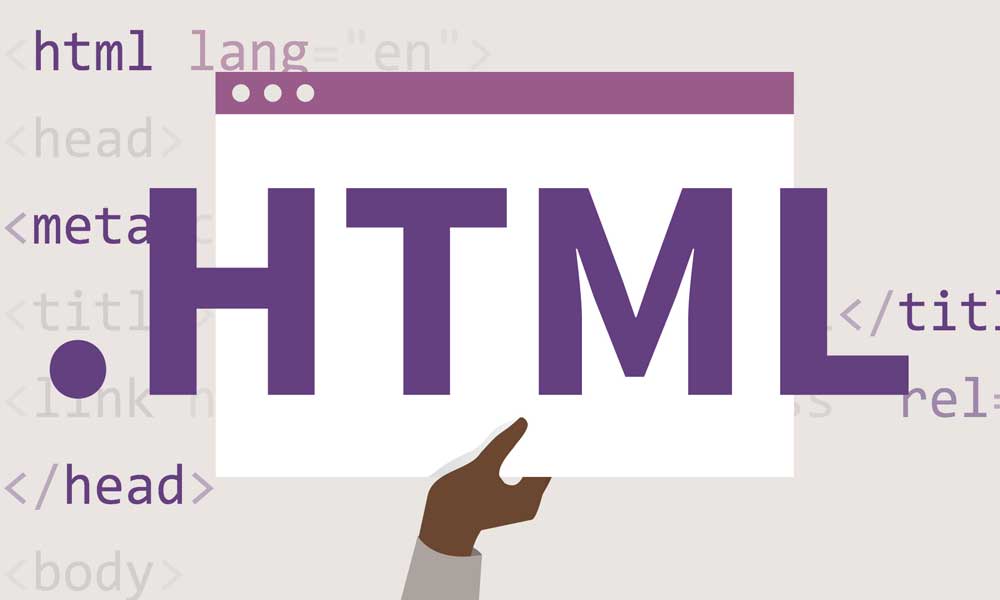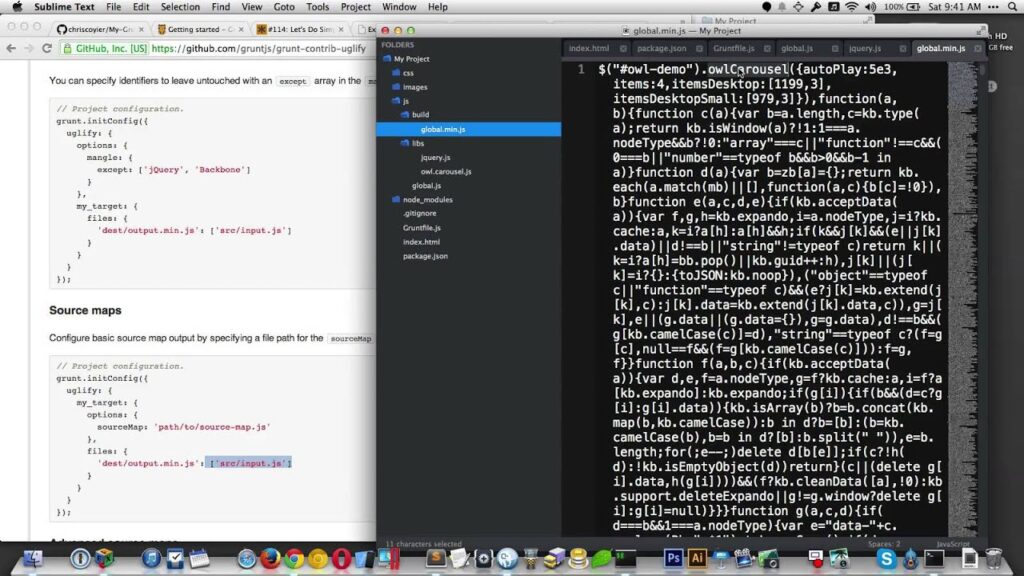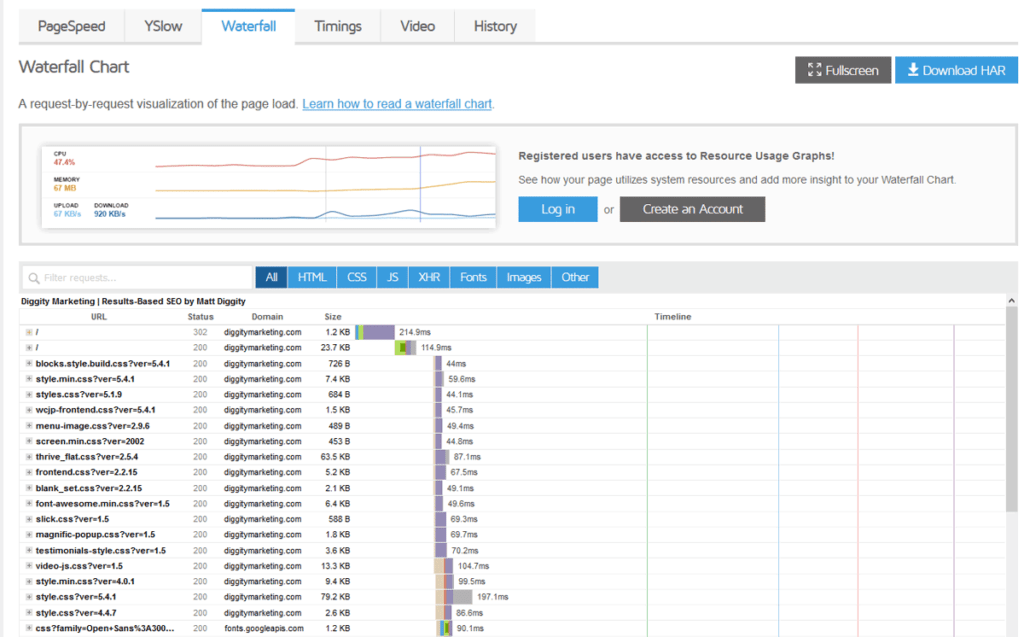13 Web Development Technologies Every Developer Must Know
Welcome, reader! You've come to the right place if you're interested in the various technologies used to create and power websites and web applications today. We'll explore the core languages, frameworks, libraries, and other tools that make up the foundation of modern web development. Whether you're a coding newbie or an experienced developer looking to expand your skillset, read on to enhance your web dev chops!
Table of Contents
HTML: The Bones of Web Content

HyperText Markup Language (HTML) provides the basic structure and content that forms the backbone of websites and web apps. Consider HTML the “bones” that give shape, contain content, and establish semantics.
Key facts about HTML:
- Defines the structure and layout of page elements like text, images, links, etc.
- Uses “tags” wrapped in angle brackets like <h1> to indicate headings, paragraphs, lists, etc.
- Now in its fifth major version – HTML5
- HTML files end with .html or .htm extensions
- Web browsers interpret HTML to render and display a web page
Knowing HTML is essential even for more complex JavaScript web apps – HTML gives all that code and content a place to live!
Why Learn HTML?
Here are just a few great reasons to learn HTML if you want to work in web development:
- It's the foundation of web content – you can't avoid it!
- It is very beginner-friendly to learn.
- Excellent starting point before learning CSS and JavaScript
- Plenty of free resources to learn online
- Opens the door to front-end and full-stack development roles
Give HTML a shot – your future websites will thank you!
CSS: Styling and Layout
If HTML provides the structure, Cascading Style Sheets (CSS) brings the visual styling and layout to websites and applications. Consider CSS the “skin” stretched over the HTML bones.
Here's a CSS overview:
- Enables customising visual styling of page elements
- Controls colours, fonts, spacing, positioning, effects, and animations
- CSS rules target HTML elements and style them accordingly
- You can use external .css files or embed CSS directly with HTML
- Now on its third version – CSS3 – with new features
Ready to make your web pages and apps beautiful? Dive into CSS and never code plain, boring sites again!
CSS Frameworks
In addition to writing CSS manually, developers often use CSS frameworks for quicker styling with prebuilt components. Some popular options:
- Bootstrap – The most popular CSS framework with tons of responsive layout tools.
- Tailwind CSS – A “utility-first” framework for rapid styling through CSS classes.
- Bulma – A lightweight and modular framework alternative.
- Materialize – Implements Google's Material Design principles.
Check out CSS frameworks when you're ready to step up your styling game seriously!
JavaScript: Making Websites Dynamic

HTML and CSS get you a good-looking but primarily static website. To create interactive elements and dynamic effects in response to user input, you need JavaScript. Consider JS the “muscles” that can animate what's on the page.
Some key JavaScript traits:
- Adds interactivity to web pages for fun features
- Can manipulate HTML and CSS with the DOM API
- Listens for click, hover, and scroll events to trigger code
- Whole programming language for variables, loops, functions, etc.
- Can call APIs and display dynamic JSON data
JavaScript took websites from static to dynamic – it's that important!
Where Does JS Go?
We primarily use JavaScript in three places:
- Inline – Add onclick and other attributes to HTML tags
- Internal Scripts – JavaScript code between <script> tags
- External Files – Import .js scripts for cleaner separation
Mix and match depending on your needs!
Web Browsers and Engines
All this HTML, CSS, and JS displays beautifully thanks to web browsers like Chrome, Firefox and Safari, which interpret and render code visually. Under the hood, browsers rely on layout and JavaScript engines like Blink and SpiderMonkey to parse all that code and translate it to pretty pixels.
Fun browser facts:
- Chrome uses the Blink rendering engine
- Firefox pioneered the Gecko layout engine
- Safari adopted the WebKit engine, now called Blink
- Internet Explorer historically used Trident
- Microsoft Edge marks a switch to Blink
Which engine renders your web app? Keep browser compatibility in mind when developing!
Version Control Systems
To manage code changes across collaborators and keep a history of what happens when developers utilise version control systems (VCS). These track modifications, preserve previous versions and allow “rolling back” code if needed.
The top version control tools are:
- Git – A distributed VCS to let devs host remote repositories
- GitHub – A popular cloud host for shared Git repositories
- GitLab – An open-source alternative to GitHub
Additional version control systems like Mercurial and Apache Subversion exist, but Git runs the show today!
Web Servers and Hosting

Websites and apps must run on a web server to be available continuously online. Server hardware and software deliver files and data in response to inbound requests.
Popular web server platforms:
- Apache – Open source, cross-platform HTTP server
- Nginx – High-performance web server great for proxies
- IIS – Microsoft's integrated Windows server
Paired with domain name registration and hosting providers like Bluehost, HostGator, or AWS, servers take your web creation global!
Programming Languages
While HTML, CSS and JavaScript form the core client-side language trifecta, web programmers leverage various languages for full-stack development. On top of JavaScript, popular options include:
- PHP – Server-side scripting language great for content sites
- Python – General use language praised for simple syntax
- Ruby – Developer-friendly language used by many startups
- Java – Robust object-oriented language running enterprise apps
- C# (.NET) – Microsoft's managed code language
The language choice includes app needs, legacy code, frameworks, hosting, and more. Evaluate your options!
Front-End JavaScript Frameworks
To supercharge the development of interactive web interfaces, JavaScript frameworks help structure code for efficiency and performance. Popular front-end frameworks include:
- React – Component-based UI library from Facebook
- Angular – Full MVC framework from Google
- Vue – Approachable, versatile framework
- Svelte – New compiler-based framework option
These platforms enhance interfacing, state management, routing, and more! Consider if a framework aids your next web project.
Back-End Development Frameworks
For server-side development and API services that drive dynamic sites, popular web app framework options by language include:
JavaScript
- Express.js
- Meteor
- Sails.js
Python
- Django
- Flask
- Pyramid
PHP
- Laravel
- Symfony
- CodeIgniter
Ruby
- Ruby on Rails
- Sinatra
Research to pick the best fit for your stack and dev style!
Database Management Systems
To store, organise and manage site data beyond individual files, web apps leverage database management systems (DBMS) like:
- MySQL – Popular open-source SQL database
- MongoDB – Leading NoSQL document database
- PostgreSQL – Powerful open-source SQL database
- SQLite – Simple, embedded SQL database
For more straightforward use cases, some rely on the following:
- JSON – JavaScript Object Notation documents
- CSV – Comma-separated values spreadsheet exports
Model data right with the best database for your web project!
Web Servers vs BaaS Providers
While Apache, Nginx and IIS run your web server, providers like Heroku, AWS, Azure and Google Cloud offer fully managed Backend-as-a-Service (BaaS). These cloud platforms handle hosting, scaling, monitoring, patching and more – no sys admin needed!
Evaluate DIY servers vs convenient BaaS options for your next dev project.
Domain Registrars

Once you have web hosting and a server, register a custom .com domain from companies like:
- GoDaddy
- Namecheap
- Bluehost
- Domain.com
- Hover
Let the world access your creation through an easy-to-remember URL!
Software Development Tools
For smoother web development, take advantage of supportive tools:
Text Editors & IDEs
- Visual Studio Code – Freemium editor with great extension ecosystem
- Sublime Text – Lightweight, customisable premium editor
- Atom – Beginner-friendly editor developed by GitHub
- Webstorm – Premium IDE for end-to-end JavaScript apps
- IntelliJ – Leading Java IDE with web dev features
Version Control GUIs
- GitHub Desktop – Manages Git repos synced with GitHub cloud
- SourceTree – Interface for Git and Mercurial repos
- TortoiseGit – Shell extension for Windows Explorer integration
Code Playgrounds
- CodePen – Front-end web development sandbox
- Repl.it – Online cloud IDE supporting many languages
- Glitch – Browser-based editing for full-stack web apps
Additional Tools
- Browser DevTools for debugging
- Postman for API testing
- npm for JavaScript package management
Check out these desktop and web tools to boost your workflow!
Static Site Generators
For simple sites focusing just on content rather than web apps, static site generators combine templates and markdown content to output purely HTML files. Options like:
- Jekyll
- Hugo
- GatsbyJS
- Next.js
- Nuxt.js
Allow developers to write sites more easily without complex stacks.
Consider static site tech for your next blog or documentation project!
Testing and Deployment

Before launching any web creation into the wild wilderness of the World Wide Web, test rigorously and deploy carefully for the best results!
Testing Types
- Browser & Device Testing
- Accessibility Testing
- Unit Testing
- End-to-End Testing
Deployment Options
- FTP Upload
- Web Server Auto-Deploy
- Platform as a Service
- Docker Containers
Invest time testing and use Capistrano, Jenkins, or similar continuous integration tools to deploy your fantastic web work smoothly!
Wrapping Up the Web Stack
Well, there you have it – the core elements of the modern web technology stack! You now know web dev's essential ingredients, from HTML markup to CSS styling, JavaScript programming, web frameworks, and servers.
You've got what it takes to start coding primary sites, dive deeper into complex apps, or casually chat with your developer friends! This breakdown demystifies the many acronyms that bewilder beginners.
Web technology has come a long way since the text-only days, huh? But the web remains a welcoming community for all. With so much free information and open-source tools, anyone can jump in to build skills on nights and weekends.
Before you know it, you'll evangelise esoteric vocabulary words like BaaS, DBMS, and CI/CD! Feel free to review the key topics above whenever you need a quick web refresher.
Are you ready to start bringing your web creation ideas to life?!
Web Development Technologies FAQs
What are the three foundational web development languages?
The three foundational client-side languages are HTML, CSS, and JavaScript. HTML provides content structure, CSS enables styling, and JavaScript adds interactivity.
Should I learn a web framework if I'm new to programming?
Not necessarily – it's often best to start by learning core languages first. Once comfortable with HTML, CSS and JavaScript, you can explore frameworks.
What web technology should I learn if I am interested in data science?
For server-side statistical analysis and machine learning, Python with Flask or Django web frameworks is a popular stack used by many data scientists.
Is web development a good career choice?
Yes, web developer roles are in extremely high demand across startups and enterprises. Know at least HTML/CSS/JavaScript, and you'll find opportunities.
